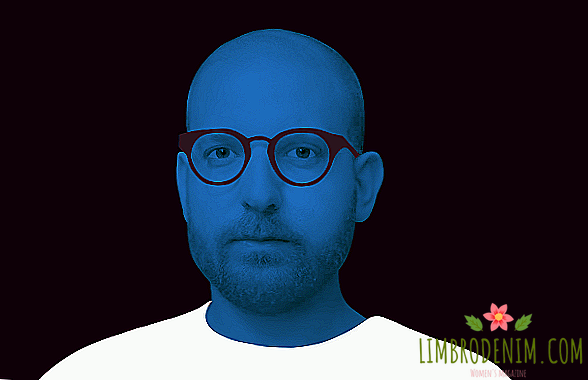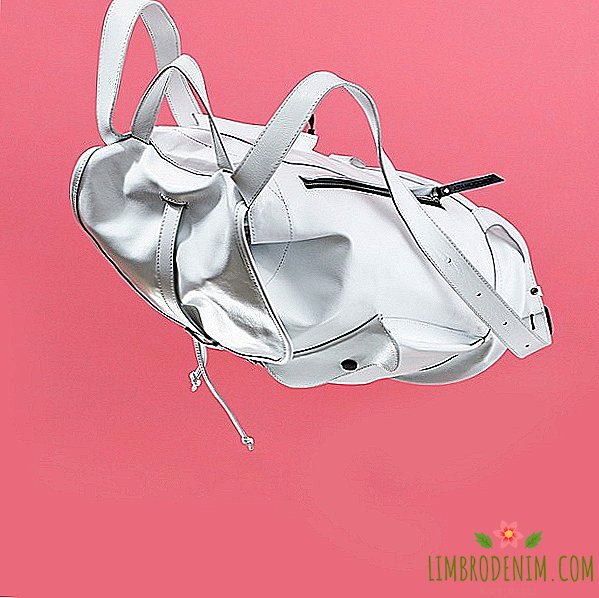Artist Polina Kanis about favorite books
IN BACKGROUND "BOOK SHELF" we ask journalists, writers, scholars, curators, and other heroines about their literary preferences and publications, which occupy an important place in their bookcase. Today, artist Polina Kanis shares her stories about favorite books.

 Books have always been for me carriers of knowledge that I really wanted to have, but I constantly felt that this knowledge was slipping away from me - and the more I read, the more I felt it.
Books have always been for me carriers of knowledge that I really wanted to have, but I constantly felt that this knowledge was slipping away from me - and the more I read, the more I felt it.
From early childhood I read a lot, until I learned how to do it myself. A special place for me now is occupied by children's books - the tales of Pushkin, Marshak, Chukovsky, the fables of Krylov, the story of Kipling, the brothers Grimm, Perrot and Andersen. I do not remember reading them, but I remember well the illustrations for books: I paid much more attention to them than to the text. All fairy tales were collected in several volumes and neatly stitched in hard covers, which lay in a large room. When I went to art school at the floristic class at preschool age, I laid flowers and leaves between book pages that I collected with my grandmother for classes. They still lie there - leaves of silver poplar, alder, pansies.
Mom always read a lot and constantly bought books, the only thing we never saved on was hers. In our library there are almost all Russian and foreign classics, the collected works of which the mother collected with special attention from the first to the last volume for many years. She and my uncle stood in lines, handed over trash paper, bought books on coupons, and when the books were difficult to buy, she copied the passages by hand. For example, Mom rewrote the Hemingway story “The Old Man and the Sea” completely, since the publication itself could not be obtained. Therefore, we treated the books very carefully: do not bend the pages, do not eat with a book in your hands, carry them in a mandatory cover - most often it was from tracing paper. I still love to make such covers.
If we talk about turning the books, then "Nausea" and "Words" - this is my acquaintance with the literature of existentialism and directly with the philosophy of Sartre. The novels coincided with my late crisis of transitional age and internal questions that ask young people, relating their sense of loneliness and abandonment to external circumstances. Years later, Marcel Proust and his cycle of novels "In Search of Lost Time" has a special meaning for me. I think this is the only thing that I can call reading for myself. I really enjoy spending a lot of time with Proust. I read it usually not in Moscow, romance after romance. It makes me closer to an imaginary house, gives a feeling of calmness - reading is like a metronome, which, with its even strokes, leads me to the right pace.
For the most part, reading for me remains a job that cannot be done lying on a sofa: we need a working atmosphere, a chair, a table and free time, which imposes certain restrictions. In addition, I read slowly and reread some fragments several times, if they remain not completely clear to me. I read with a pencil, a notebook, a highlighter and stickers on the pages. In good editions, I can’t make notes or comments, so simple paper books help me a lot now, which are easier to treat as material for work and make notes on pages. I usually write out short excerpts that can be useful for work, from character character descriptions to authors' positions. Focusing on the text, reading e-books, I can’t do it: like many, I have a sliding screen view.

Dante Alighieri
"The Divine Comedy"
The “divine comedy” was given to us to read in the eighth grade - an unexpected choice for the general education school. But this book was the first one I read with conscious diligence. I remember the first feeling that the meaning of what has just been read is elusive and it takes effort to keep it: you had to reread every stanza several times, refer to the comments at the end of the book, reread again and only then move on. This work seemed to me very difficult, and mastering it was a kind of challenge, which made reading the text even more interesting.
Alexander Pushkin
"The Tale of the Priest and His Worker Balde"
As a child, this little book was my favorite - I probably liked the accent verse with which the fairytale was written, and the rhymes, because I knew it by heart. I remember that I was always suspicious of the main character of the Bald tale, whose behavior was more like the action of a car and, in my opinion, was unfair to other characters in the tale.
Walter Benjamin
"A Brief History of Photography"
The book includes three essays in which Benjamin talks about the radical transformation of society and art at the dawn of the 20th century and about photography as a tool and the reason for this transformation. My acquaintance with Benjamin’s works began in the first year of the Rodchenko school, when we were asked to read his essay “A work of art in the era of its technical reproducibility” in the first week of study - this was generally the first theoretical text about art that I read. Honestly, at that moment I understood little: the article was opened to me only some time later, just with the help of the Short History.
Lev Tolstoy
"Devil"
This very unusual story was written by Tolstoy in 1889 in just nine days, four months later he returned to it again and wrote the second version of the ending. As a result, "The Devil" was published only in the collection of Tolstoy's posthumous works - with both versions of the final episode. The story reveals the idea of a hidden inner division that underlies the human being, and the impossibility of coping with it: Tolstoy cares about what happens to a person who does not belong to himself. According to the style, the Devil resembles a sketch, a dry pencil sketch without semitones and unnecessary details. The structure is schematic and conveys the hero's drama through grammar and text vocabulary. Tolstoy builds the narrative on a constant antithesis with adversative unions and antonyms: each statement is questioned or has its opposite form.
Matthew barney
"The Cremaster Cycle"
This huge book contains materials from the five parts of the cult video "Cremaster": sketches, references, photographs and video footage. Matthew Barney is an American artist and a key figure in video art, whose films cover almost all topics and plastic techniques that are relevant in contemporary art. Therefore, it is important to look at his work not only for self-education, but also in order not to succumb to unconscious plagiarism.
Giorgio agamben
"Open. Man and Animal"
It was from this book that my acquaintance with the philosophy of Agamben began. In it, the author raises the question of how the understanding of the difference between man and animal is formed and what place in this is the anthropological machine that introduces this difference.
Marcel broodthaers
"Collected writings"
Marcel Brothars - one of the key figures of the art of the twentieth century, protoconceptor and poet. He began his artistic career late, having made his first job at forty, but over the next twelve he became the most important artist of his time. For me, it is also important because it was the first artist to develop what was later called institutional criticism. This is one of my favorite albums.
Thomas Ruff
"Zeitungsfotos"
An important part of my work on projects is photo archives, and this album is one of the constantly read in my library. For ten years (from 1981 to 1991), photographer Thomas Ruff collected images from German newspapers on a wide range of topics: from politics to sports to science. After the fall of the Berlin Wall and the unification of Germany, Ruff began to revise them for his series "Zeitungsfotos", which were included in this catalog.
Alain Badiou
"Rhapsody for the theater"
"Rhapsody for the theater" is a study of the western post-vanguard theater based on the articles of the philosopher Badiou for the magazine L'Art du Théâtre. My perception of the theater has always been ambiguous: the installations and programs of contemporary art are directly opposed to the classical theater, and after graduating from the Rodchenko school I stopped going to the theater completely. It is with the reading of this book that my interest in the theater is returned. In the book, Badiou consistently examines the seven essential elements of the theater - this is the place, the text, the director, the actors, the scenery, the costumes, the public - through the prism of politics, ethics and philosophy.
Alfred Döblin
"Berlin, Alexanderplatz"
The action of the Döblin saga takes place in Berlin at the end of the 20s - in the period of the Weimar Republic between the two world wars. The protagonist Franz Biberkopf gets out of prison after killing a girlfriend and decides to live as an honest person. For me, the value of this book is that everything that happens in the novel is described through the installation technique. Through such work with the text in the book, society is fixed, imperceptibly moving towards extreme radicalism.




